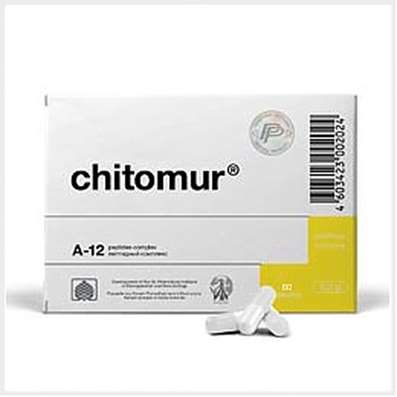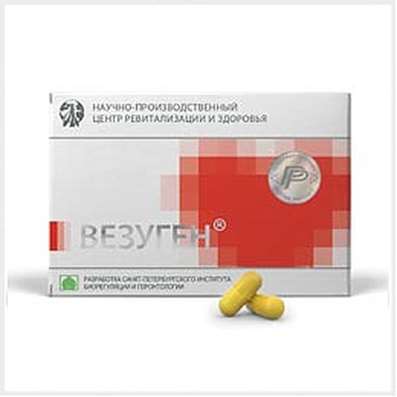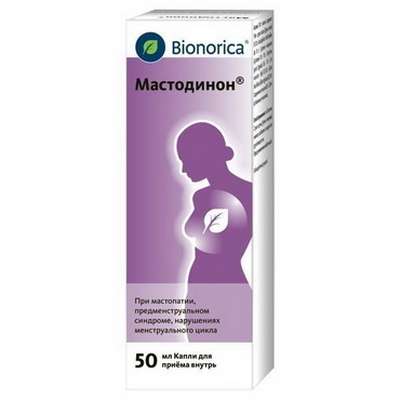Instruction for use: Bromidem
I want this, give me price
Dosage form: tablets
Active substance: Bromazepam*
ATX
N05BA08 Bromazepam
Pharmacological group:
Anxiolytics
The nosological classification (ICD-10)
F41 Other anxiety disorders: Anxiety status; Anxiety; Chronic alarm; Sense of anxiety; Anxious-hypothetical states; Stopping an alarm; Nonpsychotic anxiety disorders
G47.0 Disorders of falling asleep and maintaining sleep [insomnia]: Insomnia; Insomnia, especially difficulty falling asleep; desynchronosis; Prolonged sleep disturbance; Difficulty falling asleep; Short-term and transient insomnia; Short-term and chronic sleep disorders; Short or shallow sleep; Violation of sleep; Disturbed sleep, especially in the phase of falling asleep; Infringements sleep; sleep disturbances; Neurotic sleep disturbance; Shallow superficial sleep; shallow sleep; Poor quality of sleep; Night awakening; sleep Pathology; Postsomnic violation; transient insomnia; Trouble falling asleep; Early awakening; Early morning awakening; Early awakening; sleep disorder; somnipathy; persistent insomnia; difficult to fall asleep; difficulty falling asleep; Difficulty falling asleep in children; persistent insomnia; Worsening sleep; Chronic insomnia; Frequent night and / or early morning awakening; Frequent nocturnal awakening and a sense of the depth of the non-sleep; Night waking
R45.1 Anxiety and agitation: Agitation; Anxiety; Explosive excitability; Internal stimulation; Excitability; Excitation; Excitation acute; Psychomotor agitation; Hyperexcitability; Motor excitement; Cessation of psychomotor agitation; Nervous excitement; Restlessness; Night trouble; Acute stage of schizophrenia with excitation; Acute mental agitation; Paroxysm of excitation; Overexcitation; Increased excitability; Increased nervous excitability; Increased emotional and cardiac excitability; Increased agitation; Mental arousal; Psychomotor agitation; Psychomotor agitation in psychoses; Psychomotor agitation of an epileptic nature; Psychomotor paroxysm; Psychomotor fit; Symptoms of excitation; Symptoms of psychomotor agitation; The state of agitation; A state of anxiety; Excitation status; A state of heightened concern; The state of psychomotor agitation; Conditions of anxiety; Excitation conditions; The state of excitement in somatic diseases; Excitation level; Feelings of anxiety; Emotional arousal
R45.4 Irritability and anger: Neurosis with increased irritability; Outbursts of anger; Anger; Resentment; Increased irritability; Increased irritability of the nervous system; Irritability; Irritability in neuroses; Irritability in psychopathic disorders; Symptoms of irritability; Dysphoria
R45.7 Condition of emotional shock and stress, unspecified: Exposure to stress factors; Exposure to extreme situations; Neuropsychic stresses; Professional stress; Psychoemotional overload and stress; Psychoemotional stress; Stressful condition; Stress; Stress loading; Stressful condition; Stressful situations; Stress of everyday life; Chronic stress; Long-term emotional stress; Psychological stress in air flights; Psychoemotional stress in stressful situations
Composition and release form
1 tablet contains 6 or 12 mg of bromazepam, in a package of 25 pcs.
Pharmachologic effect
Mode of action - anticonvulsant, anxiolytic, sedative.
Pharmacokinetics
The maximum concentration in the plasma is achieved after 2 hours after administration. 70% of bromazepam binds to plasma proteins. Excretion occurs in the urine, mainly in the form of glucuronides of hydroxyl metabolites: 3-hydroxybromazepam and 3-hydroxybenzene pyridine derivative. Both metabolites are active, but their pharmacological activity is of no clinical importance, since they are rapidly excreted. Approximately 2% of bromazepam enters the urine unchanged. The half-elimination period of bromazepam from the plasma is about 12 hours. Like all benzodiazepines, bromazepam penetrates the placental barrier and is excreted in the mother's milk.
Indications for the Bromidem
Symptomatic treatment of functional disorders or somatic manifestations associated with the pathological state of fear or mental stress, insomnia.
Contraindications
Hypersensitivity, severe myasthenia gravis, severe respiratory failure, children's age.
Application in pregnancy and breastfeeding
You should not prescribe in the first and third trimesters of pregnancy and during lactation.
Side effects
Drowsiness (especially in elderly patients), muscle hypotension, dizziness, ataxia, paradoxical reactions (irritability, aggressiveness, confusion, excitement), headaches, amnesia, gastrointestinal disorders, agranulocytosis, skin rash. In the case of a sharp cessation of treatment: worsening anxiety, insomnia, irritability, tremor, muscle pain, nausea, vomiting, headache, convulsions, epileptic crises, inability to concentrate, sense of depersonalization.
Interaction
Sedation is enhanced by alcohol, hypnotics, psychotropic, analgesics and muscle relaxants. Catabolism is accelerated by rifampicin, slowed down by cimetidine, disulfiram, isoniazid and oral contraceptives.
Dosing and Administration
Dosage depends on the severity and nature of the symptoms, as well as on the patient's susceptibility. At the beginning of the course of therapy, the adult dose is 6 mg per day (1.5 mg in the morning, 1.5 mg at noon and 3 mg in the evening). Gradually, the dose is adjusted depending on the therapeutic effect. The usual dose ranges from 6 to 18 mg per day (in 3 divided doses). In severe cases, it may be necessary to increase the dosage to 24-36 mg per day. Cancellation of treatment should be carried out with a gradual decrease in dosage. For attenuated or elderly patients, the dosage should be reduced by half. Reduction in dosage should also be provided in the case of hepatic, renal or respiratory failure.
Overdose
Signs of intoxication: very deep sleep, coma. Treatment: symptomatic.
Precautionary measures
Epileptic crises can occur in patients with epilepsy during treatment or after discontinuation of therapy. When driving a machine or working with machinery, great care is required, especially during the period of adaptation to dosage.
Storage conditions of the drug Bromidem
At room temperature.
Keep out of the reach of children.

 Cart
Cart





